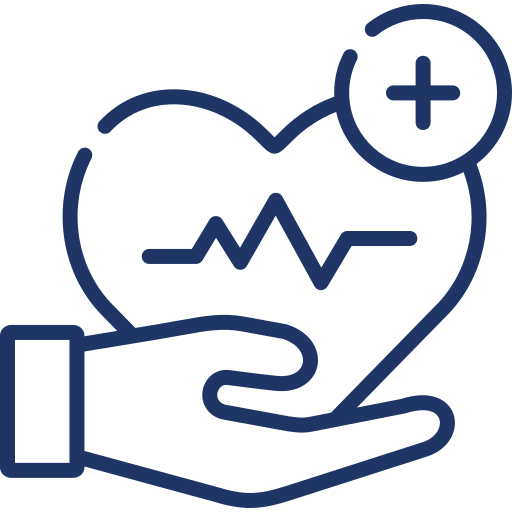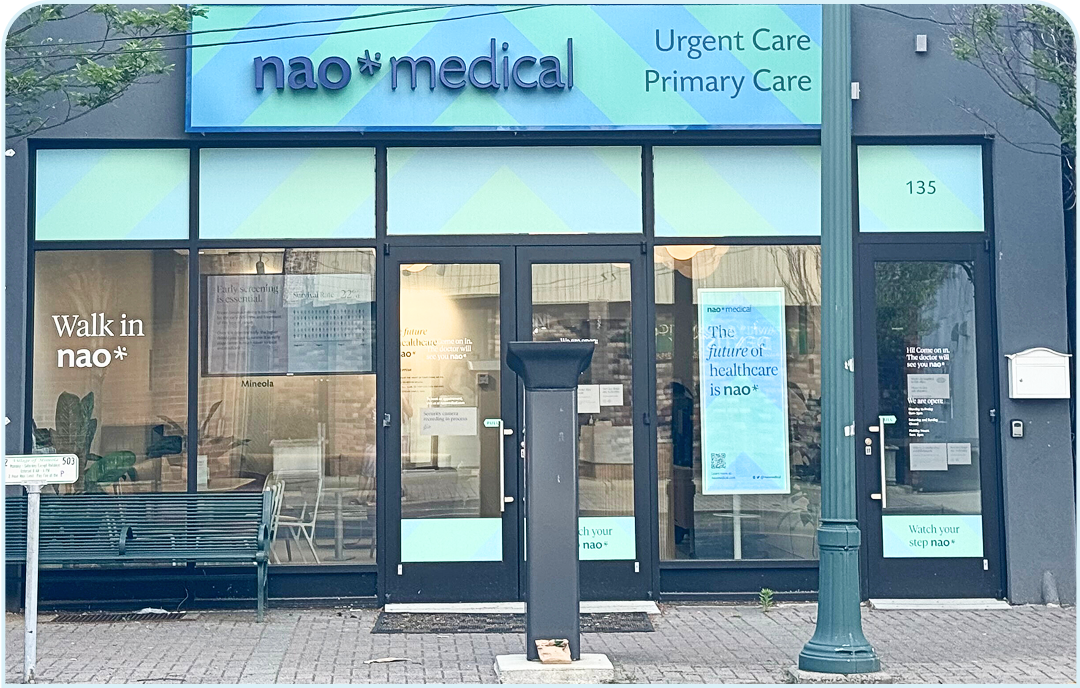Americans struggled with at least one allergy-related issue this past year. Recent data from the Centers for Disease Control and Prevention (CDC) nearly 1 in 3 adults and more than 1 in 4 children reported having seasonal allergy, eczema, or food allergy.
Allergies can be mild, like a runny nose or itchy eyes, but they can also be serious, even life-threatening. That’s why it’s important to understand what allergies are, how to prevent them, and what to do if you have an allergic reaction. Keep reading to learn more.
What are allergies?
According to the Asthma and Allergy Foundation of America (AAFA), allergies are the 6th leading cause of chronic illness in the United States.
An allergy is when your body has an abnormal reaction to a substance that doesn’t bother most people. This substance is called an allergen. When you come into contact with an allergen, your immune system overreacts by producing antibodies called Immunoglobulin E (IgE). These antibodies cause cells in your body to release chemicals, like histamine, which leads to allergy symptoms.
Common allergens include:
- Pollen
- Dust mites
- Pet dander
- Mold
- Insect stings or bites
- Certain foods
- Latex
- Drugs/medications
- Chemicals
How does an allergy affect the body?
When you come into contact with an allergen, different parts of your body may be affected. The most common allergens affect the skin, eyes, nose, lungs, and/or digestive system. Here are some examples:
- Skin reactions – itching, redness, rash or hives
- Eye reactions – itchy eyes, watery eyes, or swollen eyes
- Nose reactions – sneezing, runny nose, congestion, postnasal drip
- Lung reactions – coughing and wheezing
- Digestive system reactions – nausea, stomach cramps, vomiting, and diarrhea
Not everyone who has allergies will have the same symptoms. The severity of your symptoms will depend on how sensitive you are to the allergen and how much of it you’re exposed to.
For some people, allergies can be annoying but manageable. But for others, they can be severe and even fatal. In severe cases, anaphylaxis can occur, which is a potentially life-threatening reaction that requires immediate medical attention.
That’s why it’s important to see an allergist if you think you might have allergies. They can help you figure out what you’re allergic to and develop a treatment plan.
Allergies in adults vs children
Allergies in adults can be different from allergies in children. For example, adults are more likely to have allergic reactions to medications and latex. On the other hand, children may be more sensitive to food allergies and environmental allergens like pollen or pet dander.
Children are also more likely to have skin reactions such as hives or rashes. They may also experience stomach problems like nausea, vomiting, or diarrhea.
Adults
According to the Diagnosed Allergic Conditions Among Adults report from the National Health Interview Survey:
- About one quarter (25.7%) of adults have a seasonal allergy, 7.3% have eczema, and 6.2% have a food allergy.
- White, Non-Hispanic adults are more likely to have a seasonal allergy (28.4%) compared to Black, non-Hispanic (24%); Hispanic (18.8%) and Asian, non-Hispanic (17.0%) adults.
- The percentage of adults with eczema is higher among women (8.9%) compared to men (5.7%).
- Black, Non-Hispanic adults are more likely to have a food allergy (8.5%) compared to Hispanic (4.4%); White, non-Hispanic (6.2%), and Asian, non-Hispanic (4.5%) adults.
Children
Highlights from the Diagnosed Allergic Conditions Among Children Aged 0–17 Years report include:
- Nearly 1 in 5 children (18.9%) have a seasonal allergy, 10.8% have eczema, and 5.8% have a food allergy.
- Boys (20%) are more likely to have a seasonal allergy than girls (17.7%).
- Children 6-11 years are most likely to have eczema (12.1%), followed by children 0-5 years (10.4%), and children 12-17 years (9.8%).
- Black, non-Hispanic children are more likely to have a food allergy (7.6%) compared to Hispanic (5%) and White, non-Hispanic (5.3%) children.
How to diagnose and treat allergies
If you think you have allergies, it’s important to get a proper diagnosis. An allergist is the best person to diagnose and treat your allergies. They can do tests to determine what allergen or food is causing your reaction. Treatment options may include medications, immunotherapy (allergy shots), or lifestyle changes depending on the type of allergy.
Medications, such as antihistamines, can help reduce the symptoms of allergies and make living with them more comfortable. Immunotherapy or allergy shots can be used to gradually build up your tolerance to the allergen over time. If lifestyle changes are recommended, your allergist may suggest avoiding certain foods or activities that could trigger an allergic reaction.
Allergy awareness is key
Allergies can be an unpredictable and difficult condition to manage. Knowing what triggers to avoid and how to react when exposed to them will help keep you healthy and safe.
At Nao Medical, our team of medical experts will work with you to learn what allergens you’re dealing with and help find the best treatment plan that works specifically for your needs. Whether it’s exploring prescription options or developing a tailored allergy management program, let us show you how living with allergies could become easier.
Visit us at any of our locations to learn more about allergies and how to relieve your symptoms.







 (917) 310-3371
(917) 310-3371











